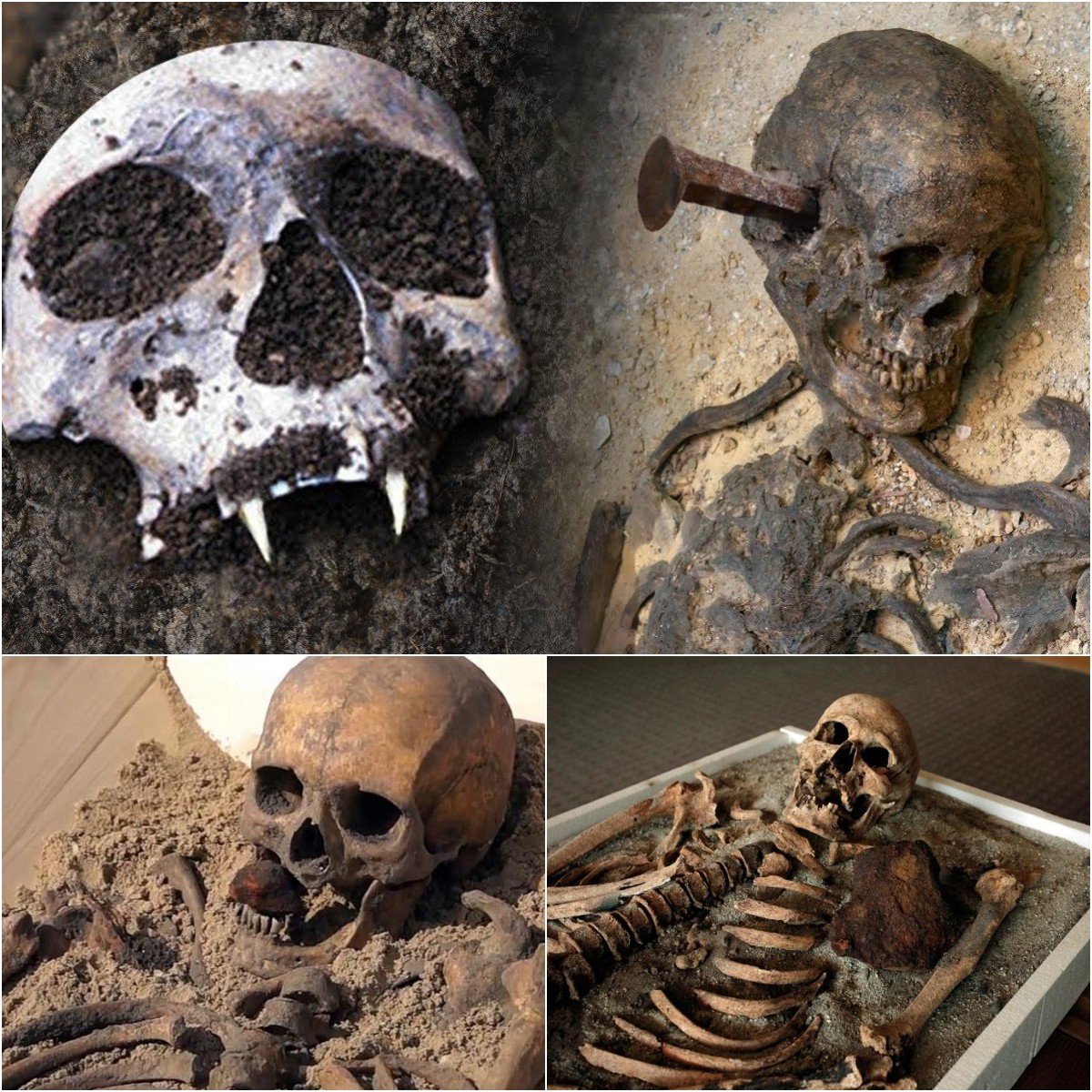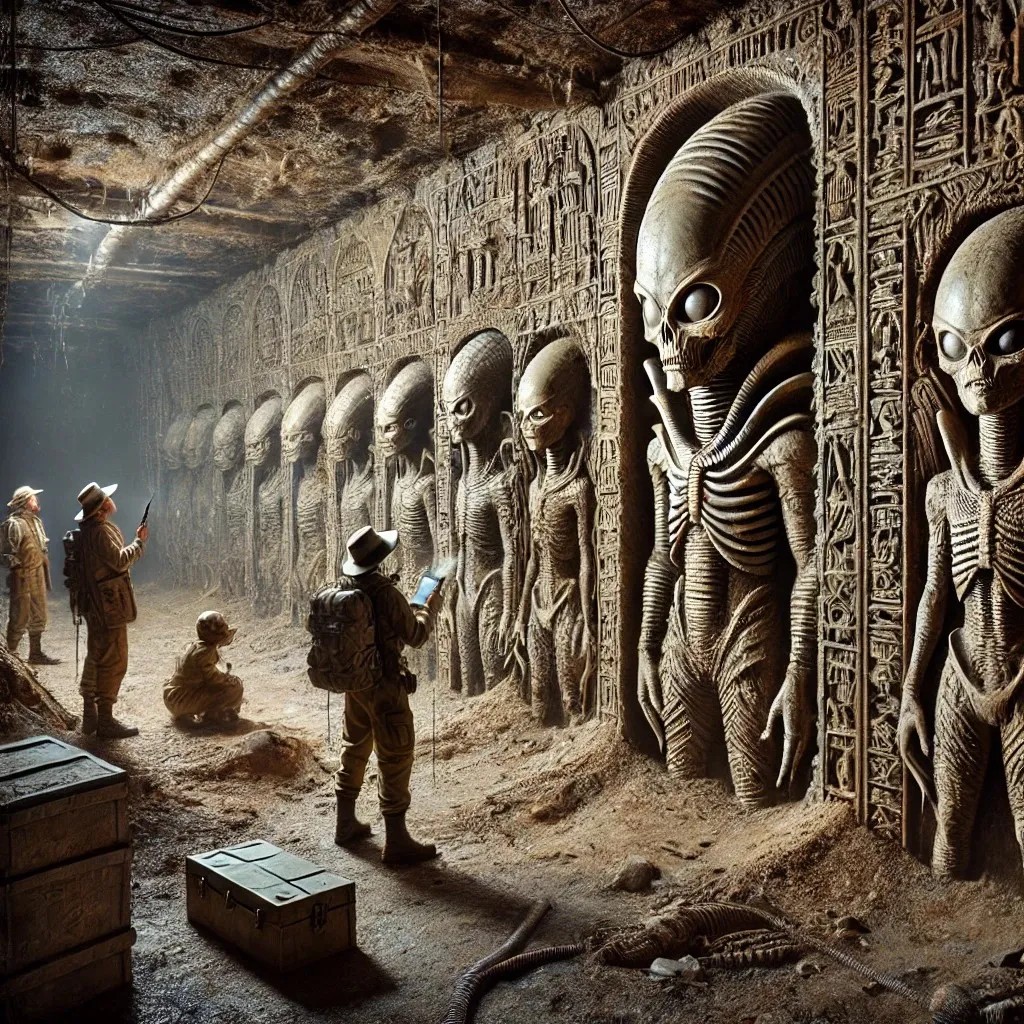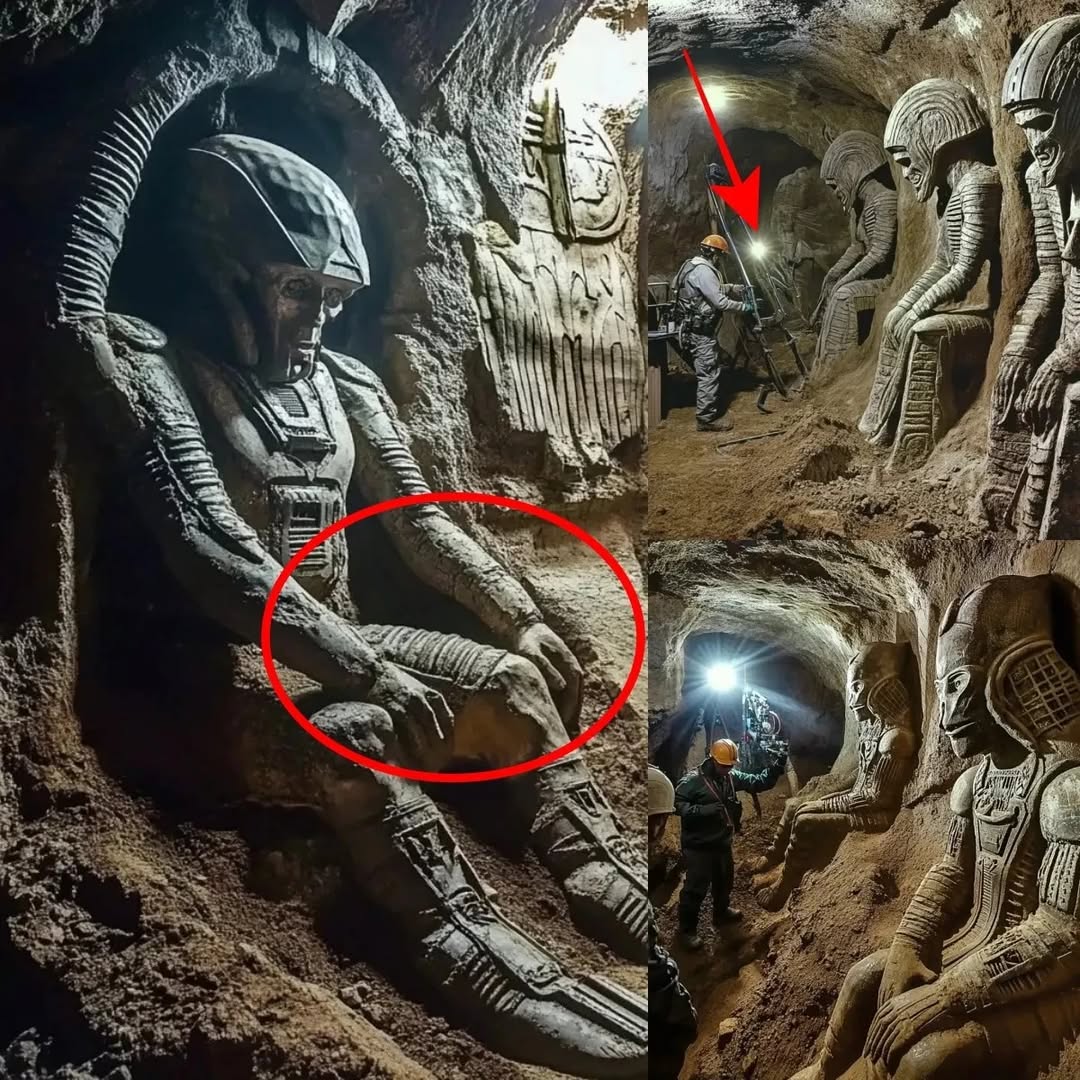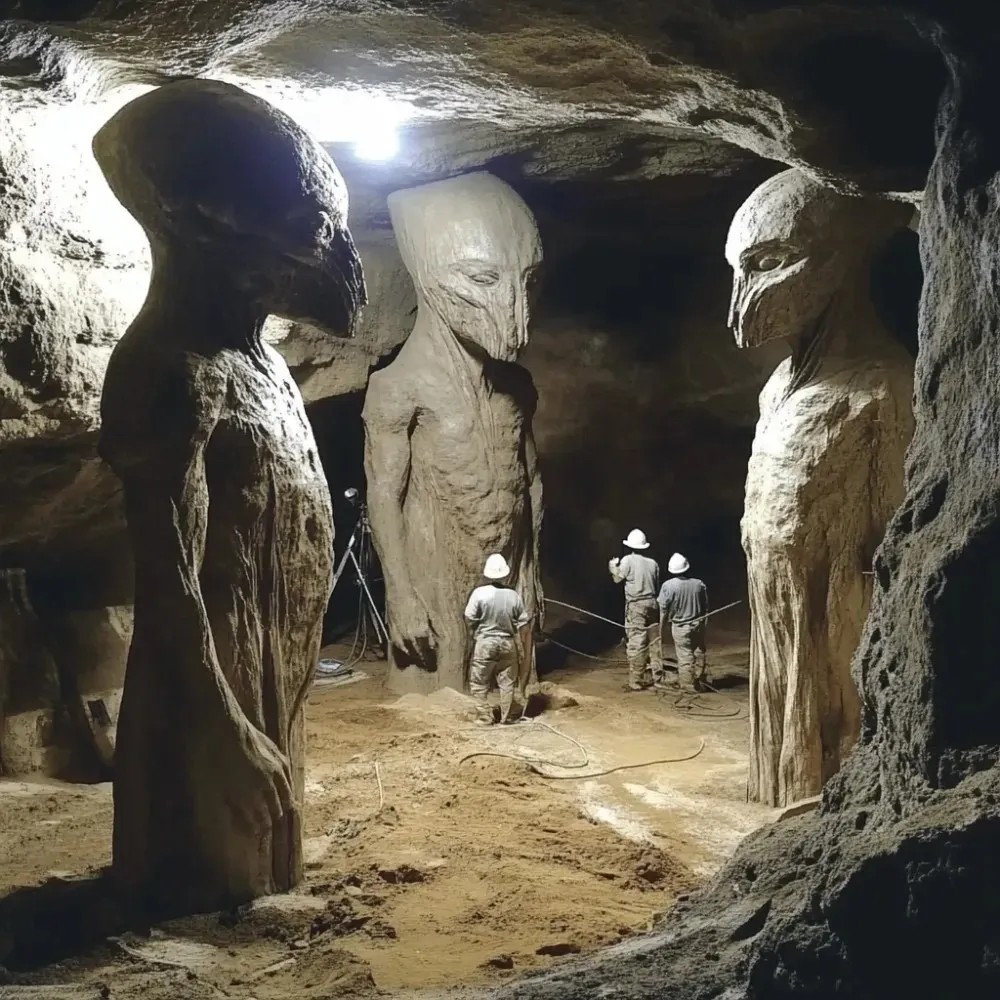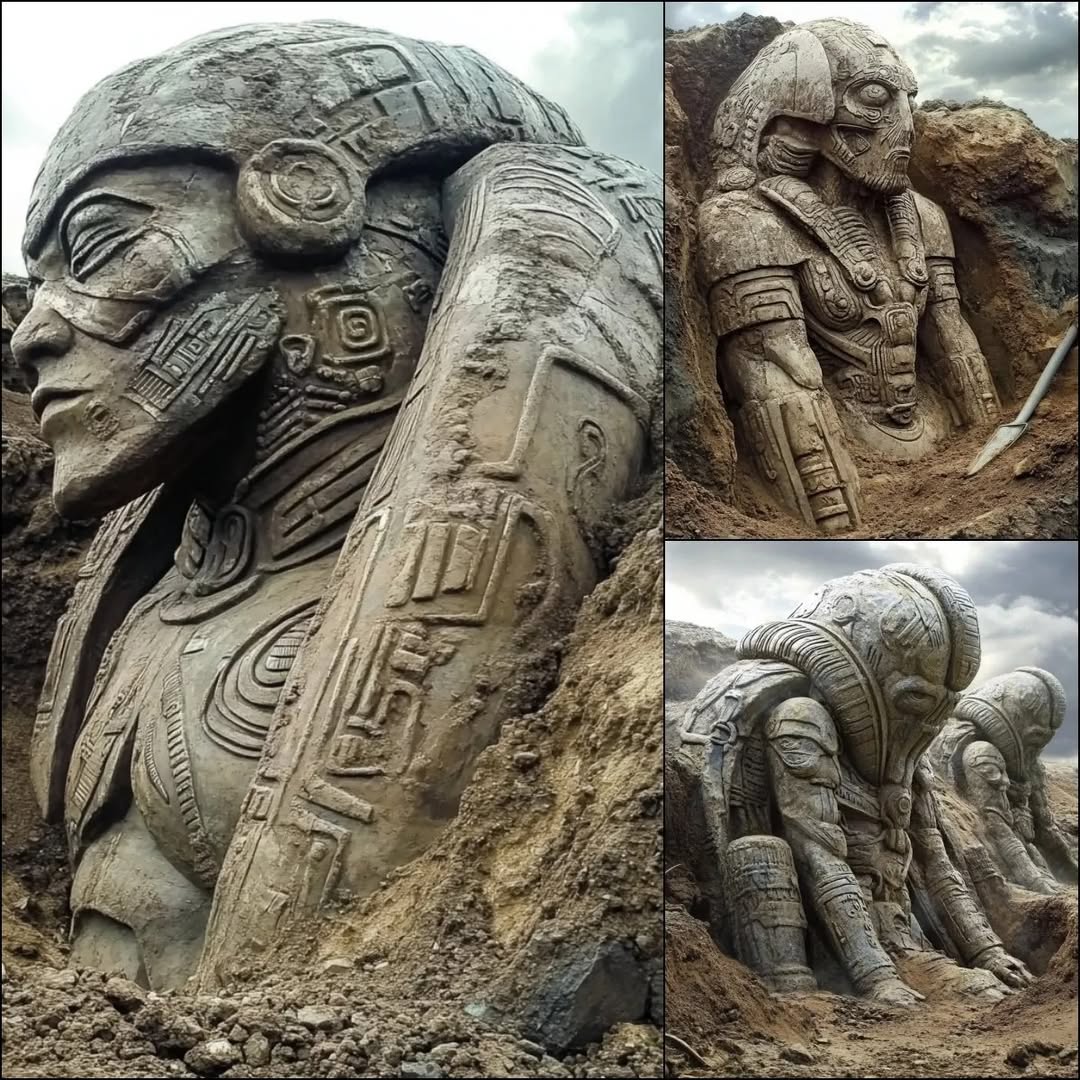Evidence of an “Egyptian mummy curse” was found before the discovery of Pharaoh Tutankhamun’s tomb.

Archaeologist Howard Carter discovered the Egyptian mummy of Pharaoh Tutankhamun in 1922. Photo: Griffith Institute, University of Oxford
The discovery of the tomb of Egyptian Pharaoh Tutankhamun in 1922 by British archaeologist Howard Carter in the Valley of the Kings shocked the world. But within a few months of opening King Tut’s coffin, six archaeologists died, including Lord Carnarvon, who financed the excavation.
The mystery became known as the “Curse of the Pharaoh” after reports at the time suggested that the tomb of Pharaoh Tutankhamen contained a curse: “Death will come to those who disturb the peace of the King”.

Tutankhamun’s mask is a gold mound mummy mask of Pharaoh Tutankhamun, of the 18th Dynasty of Ancient Egypt. Image: Wiki/Getty
Today, scientists believe that the so-called “Egyptian mummy curse” is actually caused by decaying organic matter that can get into open wounds and spread disease.
However, researchers recently said that the idea that the mummy was tied to a curse dates back to before the discovery of King Tutankhamun’s tomb.
Egyptologist Jasmine Day told Live Science: “The curse is a lore that has evolved gradually since the mid-19th century, and has evolved with the contributions of literature fiction, thrillers, westerns, and more. media and, most recently, the Internet. My research uncovered forgotten American fiction stories from the 1860s, in which male explorers stripped female mummies and stole their jewels, only to suffer gruesome deaths. terrible or terrible consequences for those around them. These stories, written by women, emphasize mummification as a metaphor for rape. In turn, this shocking comparison seems to condemn the destruction and theft of Egypt’s heritage during the golden age of Western colonialism.”

In 1923, visitors flocked around the entrance to the tomb to observe a large object brought from within the tomb. Photo: Griffith Institute, University of Oxford
Other scholars have agreed that the link of curses and magic to mummies was widespread before the discovery of King Tutankhamun’s tomb.
Ronald Fritze, a history professor, added: “Over time, the ancient Egyptians were credited with all kinds of supernatural and magical knowledge. When Egypt started to open up to the West after Napoleon’s expedition, there was a fascination with mummies and well-off people bought them for fun, then many people got into trouble.”

Howard Carter (left) and Lord Carnarvon are present in the ancient tomb in 1923. Photo: Griffith Institute, University of Oxford
While the question of whether Tutankhamun’s curse was real still enthralled the public, former Egyptian Minister of Antiquities Dr Zahi Hawass revealed that he too had “experienced a number of incidents” in 2005.
“While I was taking part in a CT scan of Tutankhamun’s mummy, the device suddenly stopped,” Hawass told the Egyptian Daily News. However, Dr Hawass insists that this has nothing to do with the so-called curse and has long denied any such claims.
He added: ‘If you leave a mummy in a room for 3,000 years and then open it, you’ll have to remember that invisible germs are capable of growing in this environment, which can affect archaeologists today. and lead to their death. So what I’m doing now is, after I discover a new grave, I leave it open for a few hours to replace the bad air with fresh air.”
Egyptian archaeologists now use protective gear when entering such tombs, but still have strange experiences. Some have very vivid dreams, claiming that they are “haunted” by mummies they seem to have disturbed.
